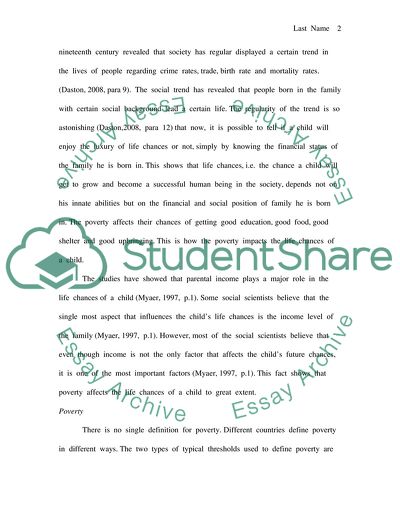Cite this document
(Poverty Related Disadvantages: The Factors Affecting Life Chances Coursework, n.d.)
Poverty Related Disadvantages: The Factors Affecting Life Chances Coursework. https://studentshare.org/social-science/1728227-how-far-does-poverty-impact-on-a-childs-life-chances
Poverty Related Disadvantages: The Factors Affecting Life Chances Coursework. https://studentshare.org/social-science/1728227-how-far-does-poverty-impact-on-a-childs-life-chances
(Poverty Related Disadvantages: The Factors Affecting Life Chances Coursework)
Poverty Related Disadvantages: The Factors Affecting Life Chances Coursework. https://studentshare.org/social-science/1728227-how-far-does-poverty-impact-on-a-childs-life-chances.
Poverty Related Disadvantages: The Factors Affecting Life Chances Coursework. https://studentshare.org/social-science/1728227-how-far-does-poverty-impact-on-a-childs-life-chances.
“Poverty Related Disadvantages: The Factors Affecting Life Chances Coursework”. https://studentshare.org/social-science/1728227-how-far-does-poverty-impact-on-a-childs-life-chances.


